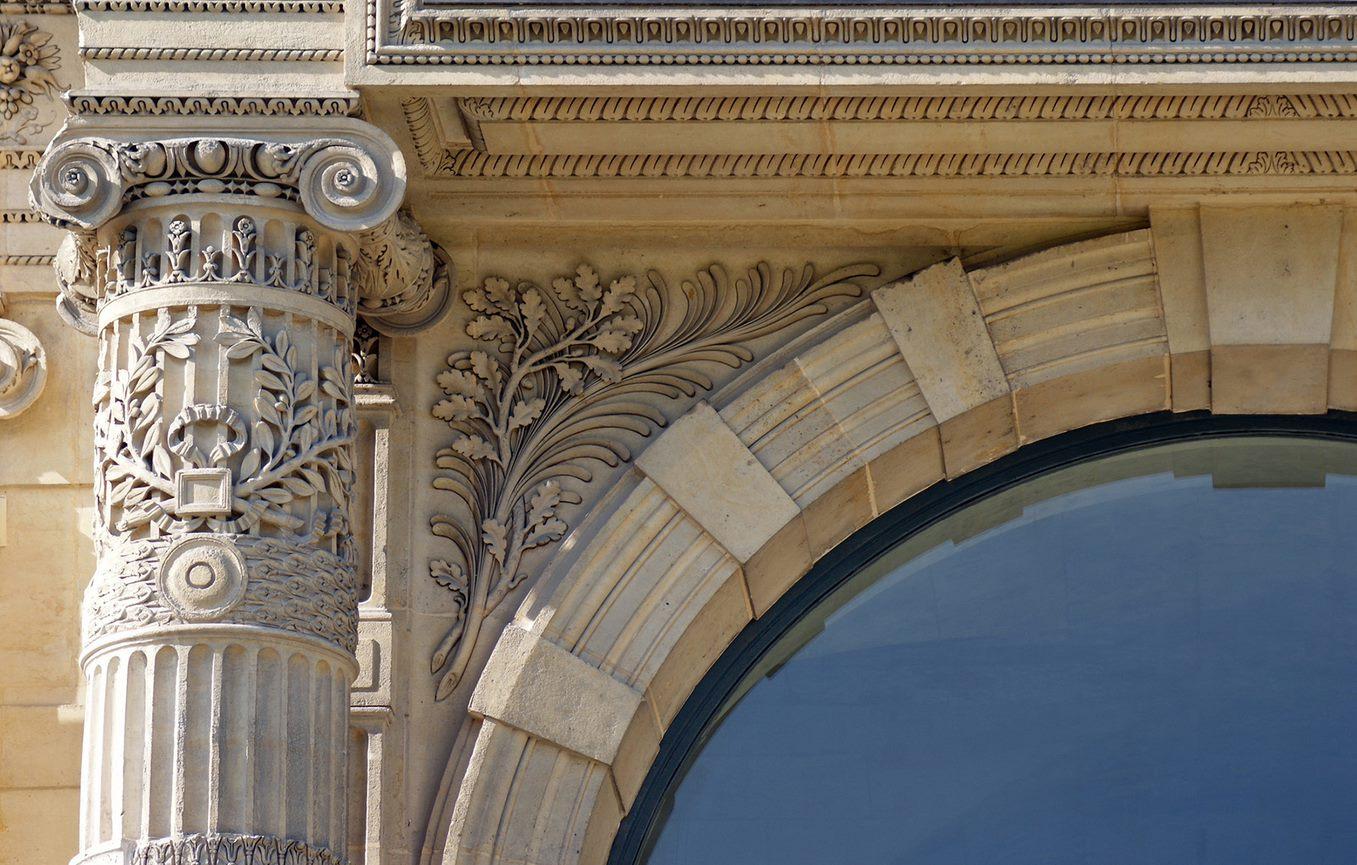
Second year
Back to school day
Thursday 5 September 2024 2PM À Paris, en amphiIntroduction
The second year of undergraduate studies at the École du Louvre focuses primarily on art of the Middle Ages, the Renaissance, India, Islam and Byzantium, as well as pre-Columbian art and the arts of China and Japan. There are also cross-disciplinary introductory courses in iconography, museology and creative techniques. At the same time, students can take specialty courses and any complementary courses they wish.
Courses
- Medieval art
- Renaissance art
- Indian art
- Islamic art
- Byzantine art
- Pre-Columbian art
- Chinese and Japanese art
- iconography
- initiation in museology
- creative techniques
- château de Fontainebleau
- château de Vincennes
- cité de l'architecture et du patrimoine
- musée national du Moyen Âge (Cluny)
- musée du Louvre
- musée du Quai Branly-Jacques-Chirac
- musée Guimet
- musée national de la Renaissance (Ecouen)
- basilique Saint-Denis
- Sainte-Chapelle
- cabinet des médaille de la BNF
Listed below are the undergraduate specialties available:
- 20th century art
- African art history
- Anthropology of heritage
- Archaeology of Gaul
- Archaeology of pre- and proto-historic Europe
- Oriental archaeology
- Architecture, decor and furnishings of grand residences
- Art and archaeology of India and the Indianized countries of Asia
- Contemporary art
- Art history and archaeology of the Etruscan and Italic world
- Art history and archaeology of the Roman world
- Arts of Oceania
- Arts of the Americas
- History of Western architecture
- History of art in the 19th and early 20th centuries
- History of Egyptian art and archaeology
- History of fashion and clothing
- History of painting (French school)
- History of painting (foreign schools)
- History of photography
- History of medieval, Renaissance and modern sculpture
- History of Greek art and archaeology
- History of prints
- History of the arts of Byzantium and Christianity in the East
- History of the arts of the Far East
- History of Islamic art
- History of the decorative arts
- History of cinema
- History of drawing
- Military heritage and archaeology
- Natural, technical and industrial heritage
Listed below are the complementary courses available in the undergraduate program:
Foreign language teaching covers four modern languages, as well as French as a foreign language for non-French-speaking students. Organized according to level groups, it aims to enable oral and written practice of the languages taught in the field of art history, civilizations and heritage. The chosen language must be maintained throughout the first cycle. However, exceptions may be made on a case-by-case basis for students whose career plans justify learning a language other than the one initially chosen.
Courses can be taught in
- English from level A1 to level C1 (distance learning);
- German, from absolute beginners to level C1 (distance learning);
- Spanish, from level A2 to level C1 (distance learning) ;
- Italian, from level Grands débutants to level C1 (distance learning);
- French as a foreign language, from level B2 to level C1 (face-to-face);
- A course in Arabic, in partnership with INALCO, is offered only to students in 2e year. It can be continued in 3e year.
More information: [email protected]
Information documents
Reviews
Evaluation in the first cycle is organized according to a grouping of courses into test groups (UE: unité d'enseignement), within modules that constitute "semester equivalents". This assessment results in the award of credits (ECTS), 30 per semester.

How to apply?
There are three access routes for enrolling in undergraduate training at the École du Louvre, whether for first-, second- or third-year enrolments.
The three access routes offered to candidates for undergraduate training at the École du Louvre are the competitive entrance exam (with Parcoursup pre-selection) for first-year access, the literary test bank for third-year access, and application on file by equivalence for second- or third-year access.

